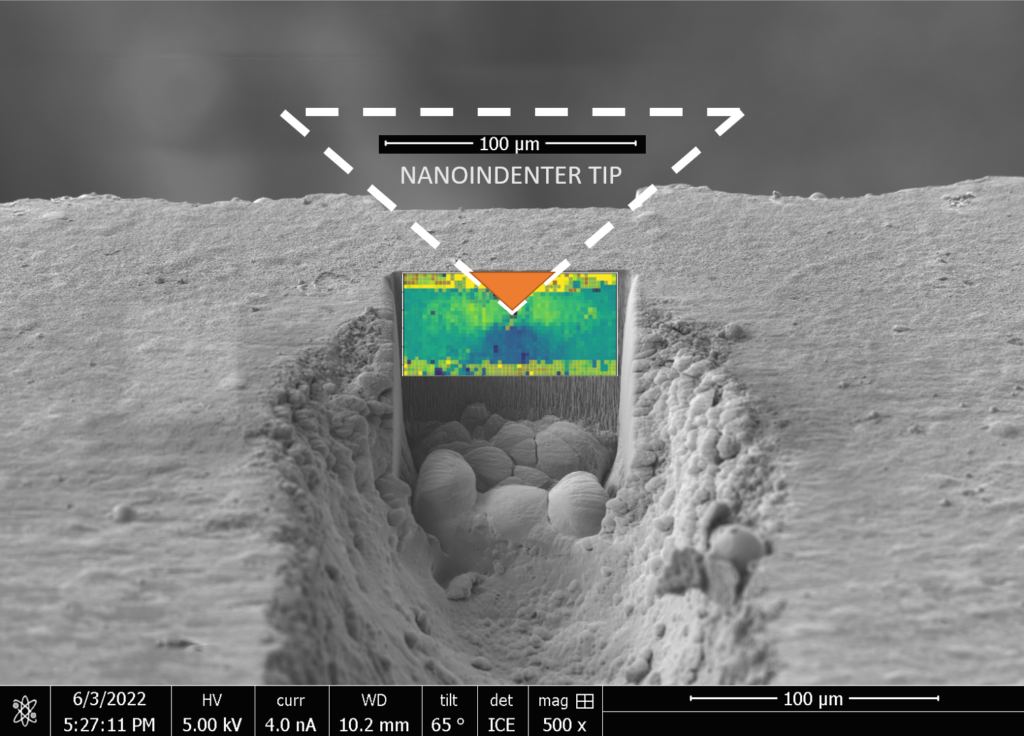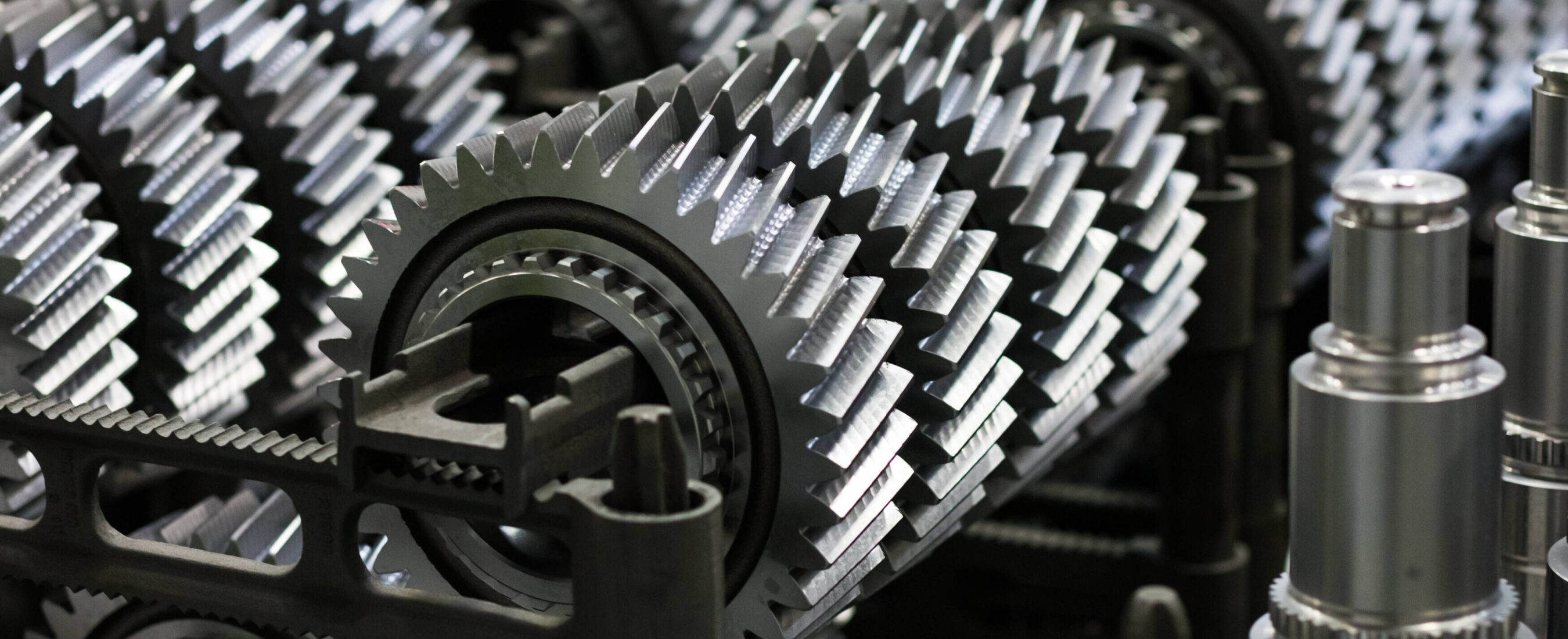Send us your feedback
Here you can send us feedback on the Maxess-website. Please describe the problem or what’s missing in a clear way, and on what page you found the issue. Thank you so much for your help!
An exploration of the micromechanical response of nitrocarburised steel
Volvo Trucks in collaboration with RISE wanted to study the micromechanical response of the joining zone of nitrocarburized steels. The project group, also consisting of Bodycote, KTH and Helmholtz-Zentrum Hereon used insitu X-ray microdiffraction during nanoindentation.
Synchrotron technique is unprecedented
Every year, more than one million engine gears are produced at Volvo Trucks using nitrocarburizing heat treatment. This surface heat-treatment provides fatigue strength, corrosion protection and low distortion. However, the resulting microstructure is rather complex and difficult to characterize. Therefore, it is very challenging to tailor its properties. To develop better process control methods, which are predictive and accounts for alloying content, a detailed understanding is required on how steel grade and processing alters the surface microstructure. To gain this understanding, synchrotron technique is unprecedented. In a pilot study Volvo Trucks and RISE identified 2D- and 3D-XRD mapping as the most promising synchrotron technique to study nitrocarburized powertrain components.
Two different heat treatments
In the project, three different steels were investigated with two different heat treatments. From these components, a complex sample preparation was performed with submerged sparking and FIB (focused ion beam). This made it possible to map the crystal structure in transmission with X-ray diffraction at the synchrotron with simultaneous loading via nanoindents. A total of 142 hours of beam time was carried out on two different occasions on Petra III and beamline P03 MiNaXs. The experiments were conducted by the project group Bodycote, Volvo Trucks and RISE in collaboration with KTH and Helmholtz-Zentrum Hereon. During the experiment, the micromechanical response was captured by first identifying crystalline phases present and then creating a strain field from the shift in the position of the diffraction peaks with increasing strain.

Strain field analysis overlayed on a SEM micrograph of the FIB-milled section.
Great opportunity for surface improvement
This study is now the basis for a follow-up project that runs until 2025. In this project, the aim is to use synchrotron based experimental in-situ tools to enable the complex surface microstructure of nitrocarburized steel components to be tailored for a given application and thereby offer optimal performance. It could influence the industry’s innovation capacity and resource efficiency and responds to the need to use more environmentally friendly processes for surface improvement. In terms of resource efficiency, it’s about getting the optimal properties of the coating, and potentially replacing other processes such as hard chrome and phosphatising that are not so environmentally friendly.
Contact Partners
Case Details
Volvo Trucks
LSRI-initiative at RISE



